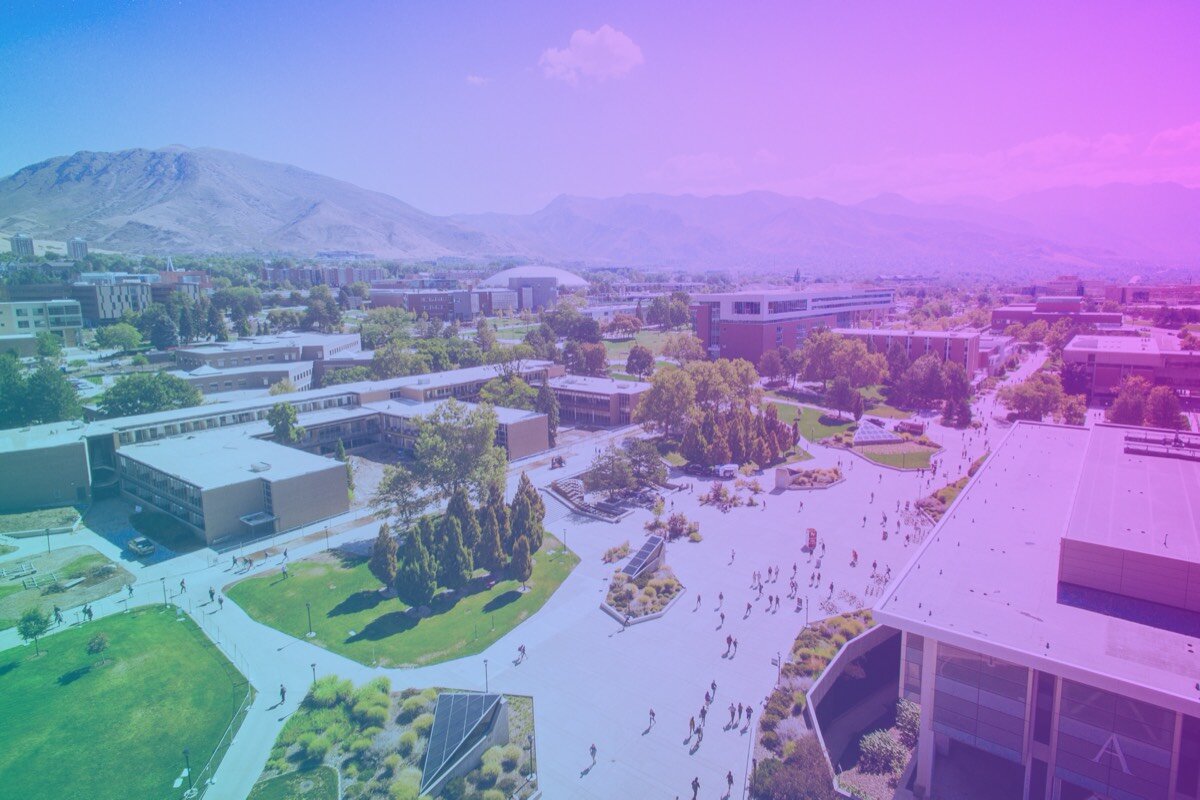Maps have always been valuable tools for navigation and orientation, but they can also be powerful tools for communication. When used effectively, campus maps can help students, faculty, and staff find their way around campus and keep everyone informed about what's happening.
There are several ways that campus maps used for higher ed communication can benefit students and campus administrators. These are the advantages you'll be offering your students with an interactive campus map:
1. Boost Student Autonomy
One of the best things about using campus maps for communication is that they help boost student autonomy. Students can use the map to find their way around campus and figure out where they need to go without relying on others.
This can be especially helpful for students who are new to the campus or who feel lost and confused when trying to navigate their way around. You're giving them the tools they need to be successful and independent by providing them with a map.
When students can easily find their way around campus, they feel a stronger sense of ownership and responsibility for their education. This is because they no longer feel at the mercy of their surroundings. Instead, they feel empowered to take control of their learning experience.
In other words, when students can navigate their campus using a map, they are more likely to feel like active participants in their education rather than passive recipients. This boost in autonomy can positively impact student motivation, engagement, and success.
As such, it can lower tardiness levels and the number of missed classes per student. In addition, it can also reduce feelings of stress and anxiety, especially for first-year students who may feel overwhelmed by the campus environment.
2. Highlight Safety and Security
You can also emphasize safety and security on your campus through maps by highlighting emergency exits and other safe areas. This is especially important on large campuses where students may not be familiar with the location. By providing them with a map, you can help them to orient themselves and feel more comfortable on campus.
This is particularly useful during emergencies where every second counts. Having a map on hand can help students and faculty find the nearest exit quickly and safely.
3. Allows for More Promotion of Your School
Most schools have an internal website where they can post their campus map. This is great for those who are already familiar with the school, but what about prospective students? How can they be expected to find their way around and see if the campus is a good fit for them if they're far away?
Thankfully, StudentBridge offers interactive campus maps to promote your school. Now, prospective students can experience virtual visits through interactive, 3D maps. They can get a feel of what life is like at your school through the Video Viewbook, 360-degree images, and detailed descriptions with embedded links.
4. Improve Space Utiliaztion
One of the main goals for any college or university is to make efficient use of its space. This can be challenging, especially as campuses grow and evolve over time. Campus maps can be essential in helping colleges and universities keep track of their space and ensure it is used effectively.
There are many ways that campus maps can help improve space utilization. For example, they can be used to track the location of classrooms, offices, and other facilities. This information can then be used to identify underutilized areas that could be better utilized.
In addition, campus maps can be used to help plan for future growth. By understanding how space is being used currently, colleges and universities can make more informed decisions about where to add new facilities or make other changes.
Ultimately, using campus maps can help colleges and universities improve their communication and space utilization. By keeping track of space usage and planning for future growth, colleges and universities can ensure that their campuses are well-organized and efficient.
5. Gain Access to Insights and Analytics
In higher education marketing and communications, using data to make decisions is more critical than ever before. While there are several ways to collect data on your target audience, one often overlooked tool is the campus map.
Campus maps can provide valuable insights into foot traffic patterns, areas of interest, and even potential new markets for your institution. By understanding how people are moving around your campus, you can better tailor your marketing and communications efforts to reach them where they are.
Takeaway
You can allow potential students to tour the campus without ever having to set foot on the ground. With the power of technology and creativity, you can use your campus map as a powerful communication tool that will engage potential students and their families long before they ever step foot on campus.
Contact StudentBridge to learn more about how we can help you increase client enrollment today.

